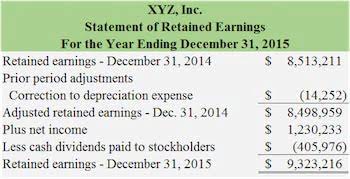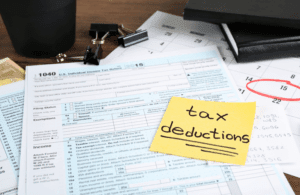- 29. mája 2024
- Bookkeeping
Record to Report Process

Automation leads to improved efficiency, faster and accurate reporting, and lower operational costs. The incidence of human errors is also greatly reduced through automation, and finance personnel get more accounting time to focus on high value tasks like decision support and analytics. The record to report process incorporates strong internal controls and ensures data accuracy that facilitates adherence to regulatory requirements.
What is the record to report in accounting?
- This provides visibility to various channel heads to understand and comment on the key variance drivers with reference to plans and past years‘ performance.
- Automated processes of data entry and reconciliation do not allow variation in records, which helps to maintain high levels of data accuracy.
- Positive customer experiences in these areas can lead to higher loyalty and repeat business.
- Make the change today and optimize your Record to Report best practices with expert assistance.
- The Record to Report (R2R) process encompasses the end-to-end financial workflow that transforms raw transactional data into finalised financial statements.
This allows you to more easily analyze the data, as it creates a bird’s eye view of information from different sources. The distinctions outlined in the chart above are just the crux of what makes each process unique. Below, we’ll take an in-depth look at all four processes to help you further Liability Accounts understand how each of them functions. We’ll start with an infographic outlining the P2P, R2R, Q2C, and O2C processes side by side, and then get into each of them separately. Here, we’ll dive into the differences between P2P, R2R, Q2C, and O2C, what they’re used for, and why they’re critical to your organization.

Manual and inefficient processes

Record to report is a management process that provides financial, operational, and strategic feedback. On the other hand, the report entails producing financial records, such as balance sheets, profit and loss statements, and budget reports. The process includes gathering, record to report meaning transforming, and disseminating relevant, timely, and accurate information to relevant parties. They include stakeholder groups both inside and outside the organization and senior management.

What does Record to Report means in finance?
At BlackLine, we’re dedicated to helping businesses optimize their financial operations with intelligent, automated record-to-report solutions. By embracing advancements in integrations, intelligent automation, real-time reporting, and insightful analytics, teams can work faster, smarter, and more accurately than ever. The order-to-cash (O2C) process is the organization’s end-to-end procedure for order processing. O2C is an important element of how your business approaches managing and improving customer relationships. The first step in the Q2C process is working with the potential client to determine the exact specifications and details they want in the product or service they’re interested in buying.

Explaining the Organizational Structure and G/L Account Master Data Maintenance
Within the broader P2P–R2R–Q2C framework, P2P represents the spend management side of operations, the starting point for how money leaves the business. While R2R focuses on accurate financial reporting, Q2C drives revenue collection, and P2P ensures every purchase is visible, compliant, and cost-effective from the outset. Modern solutions address these challenges through targeted automation of labour-intensive tasks.
- The double-entry system enables accountants to prepare some standard reports like trial balance, profit and loss account, and balance sheet.
- Successful organisations begin with a thorough assessment of current processes, identify high-impact automation opportunities and secure executive sponsorship before rolling out new tools.
- This is because the database for all ledgers-sub-ledgers and general ledgers is in one table ACDOCA.
- These reports are essential for internal stakeholders, such as management and the accounting team, as well as external stakeholders like auditors and regulatory bodies.
- This allows items to be quickly retrieved, just like using a keyword in your lecture slides to find a specific concept.
- He wants to learn about the process steps of the record to report process and how SAP solutions can support them.
